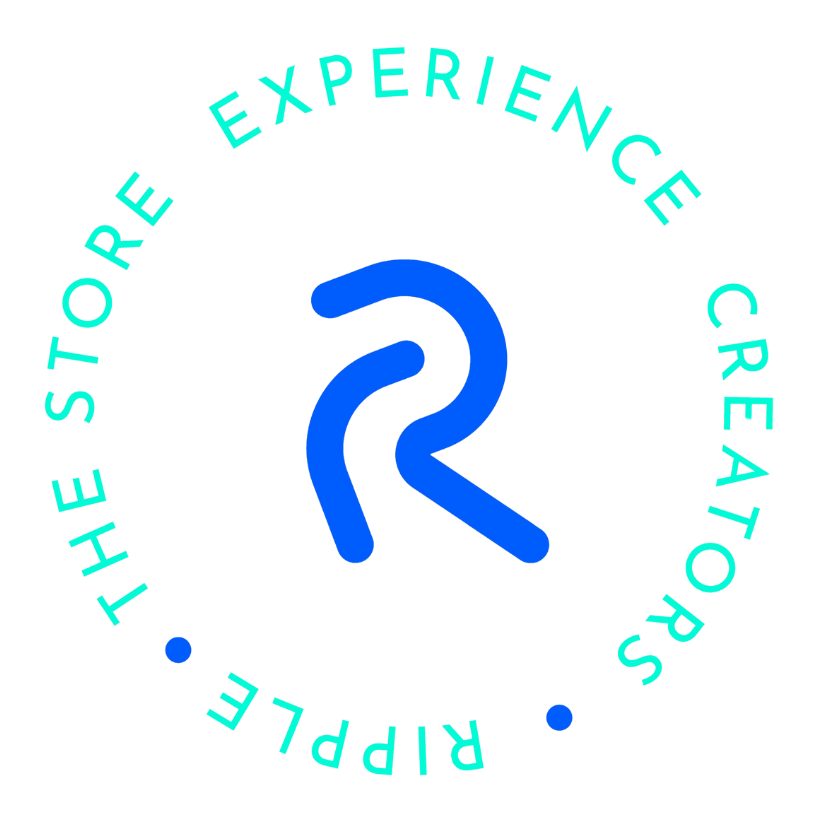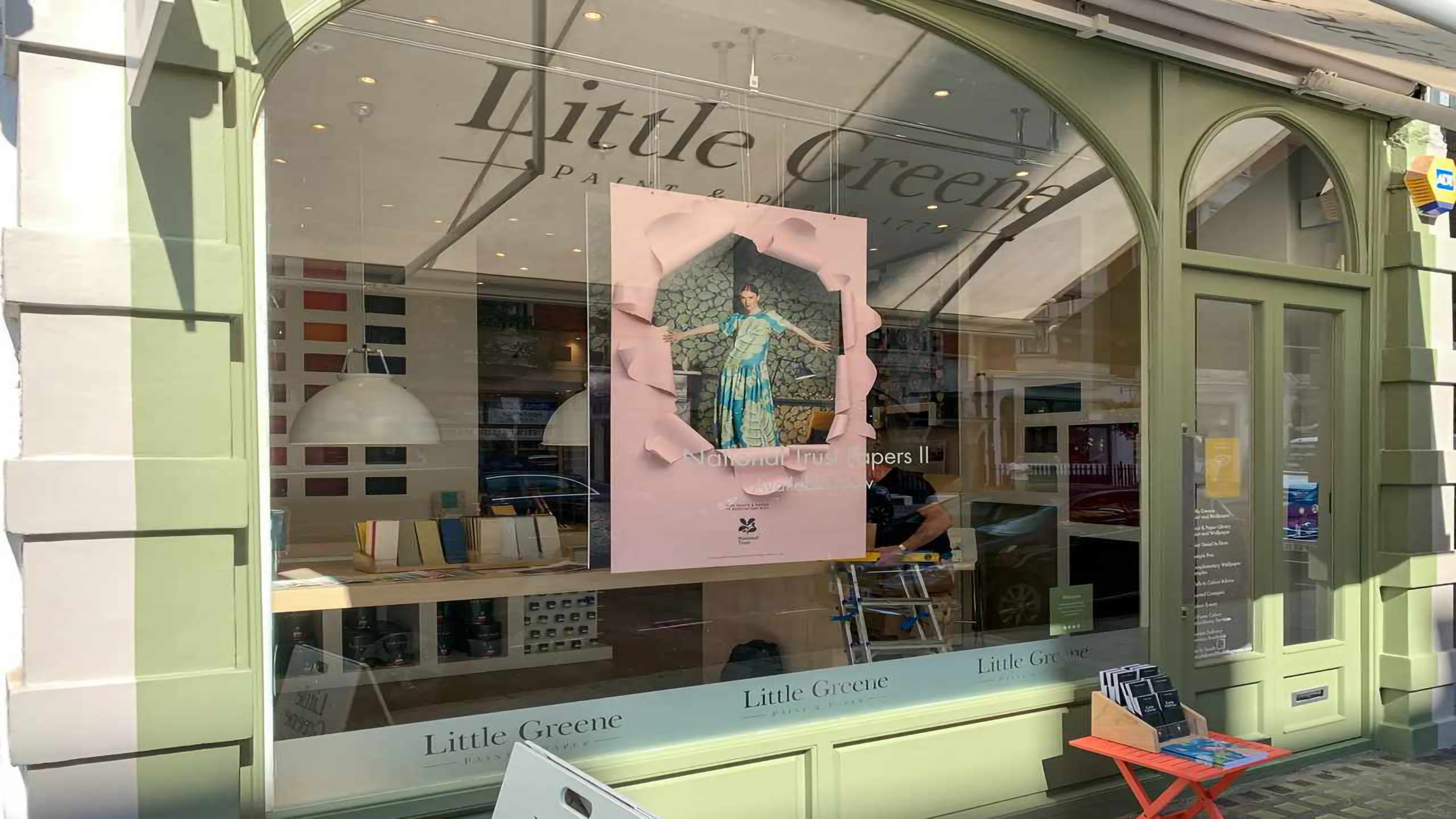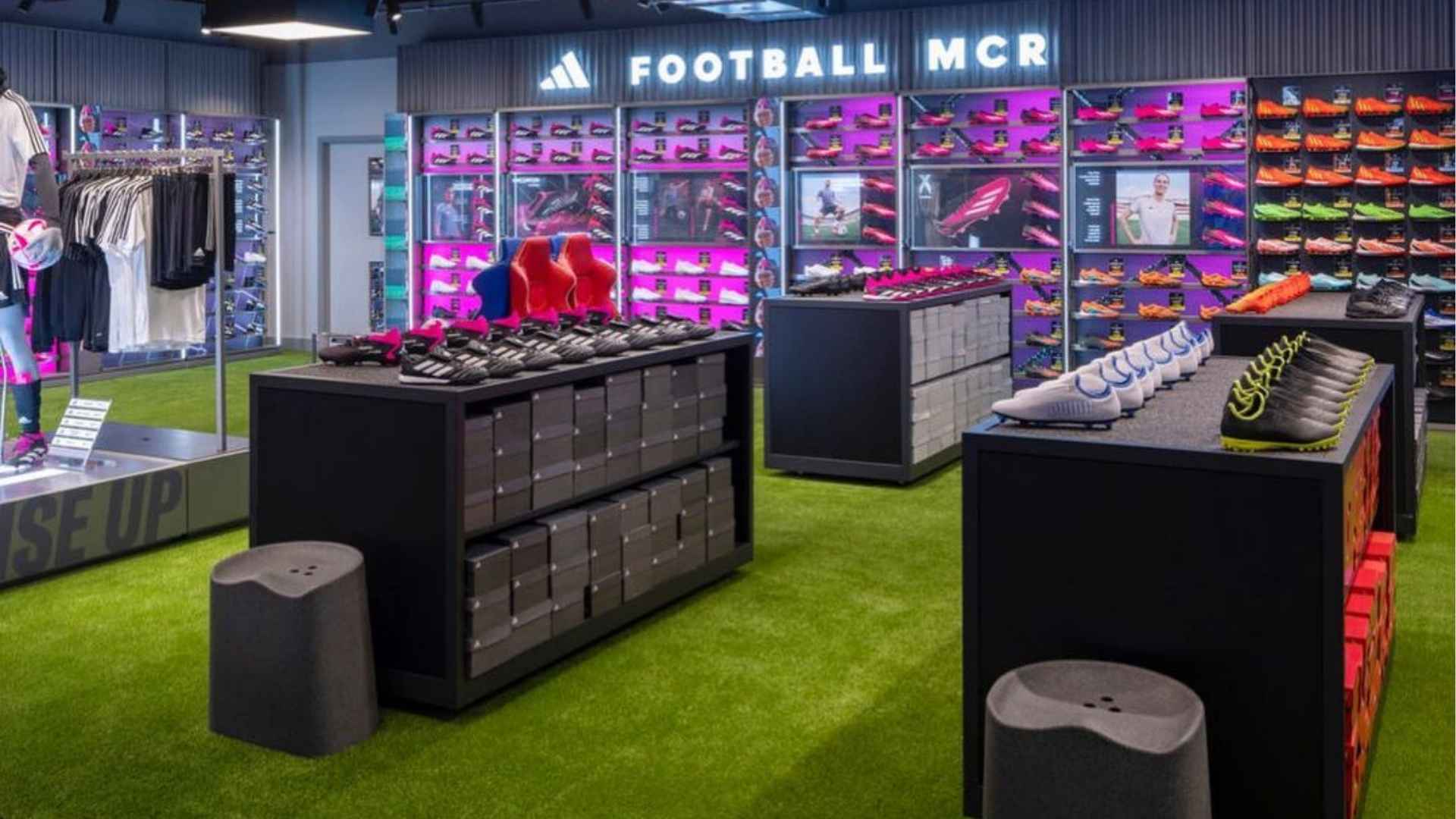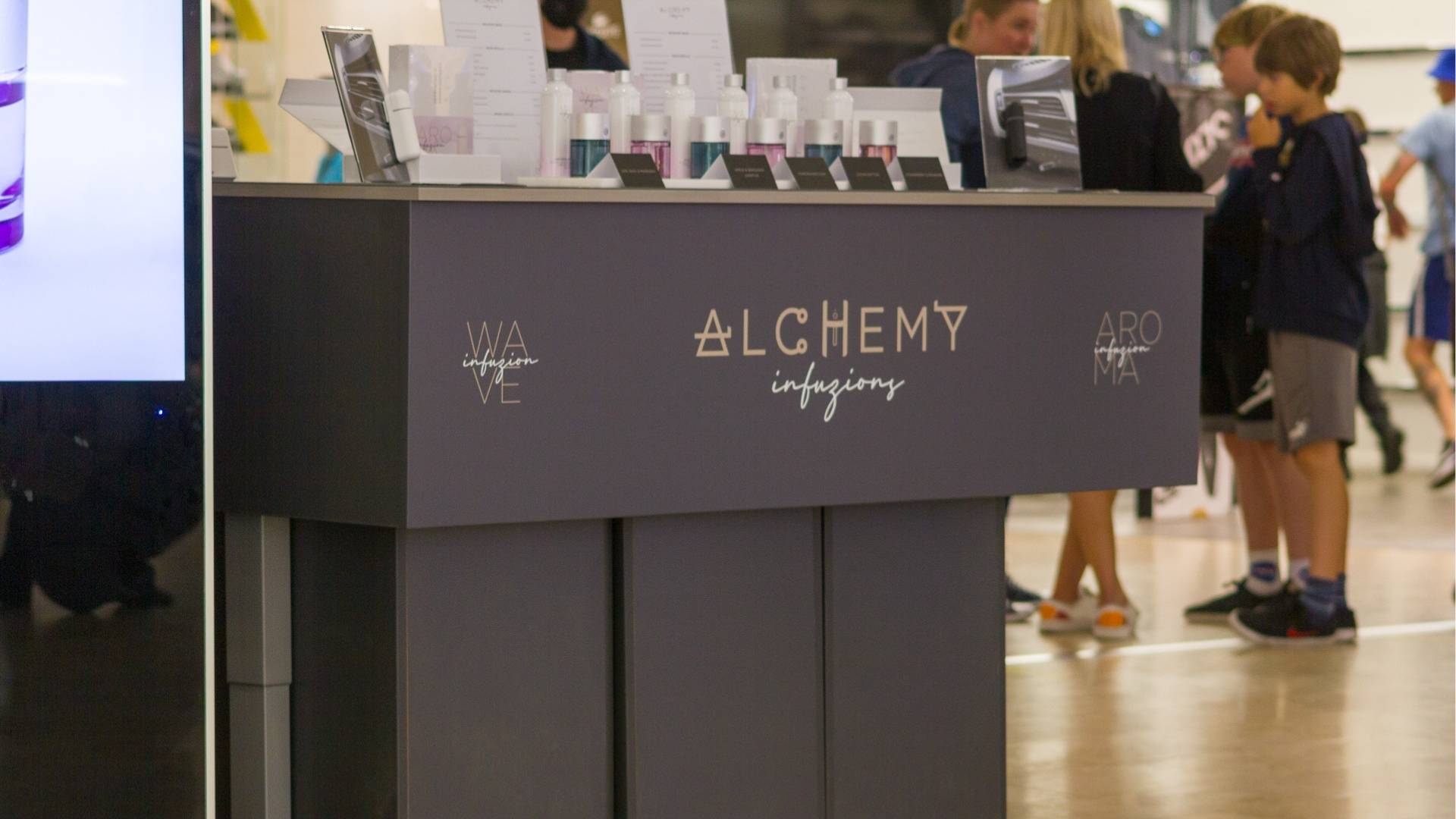Understanding the fundamental interior retail design basics before finalising the creation process is essential to building an impactful and effective result. Design for retail involves many different factors, from space planning to eye-catching interior design choices.
It can be easy to get lost in the detail, leaving the main key points to fade into the background. Avoid a convoluted retail store design and instead focus on key principles of design to create innovative solutions that generate long-lasting results.
At Ripple, we’ve mastered the art of design for retail for a variety of retail spaces including high street boutiques to department stores. Discover how Ripple experts pivot our clients to be the leading face within their industries, utilising the following seven tools:
The 7 Key Factors of Innovative Store Design
- Mark out the customer journey through your store
- Use eye-catching merchandise to attract your customer’s attention
- Slow down the customer journey using your store’s layout
- Use the right side of the store to your advantage
- Embrace boldness and creativity
- Use negative space effectively
- Embrace your space’s limitations
Every retail store has different needs and different approaches to achieving its goals. But whilst it’s important to approach each case with a fresh overall look. Incorporating the seven principles of design for retailers throughout every project will ensure the end result has encompassed many of the necessary elements to create a standout result.
1. Mark Out The Customer Journey Through Your Store
The first step is to mark out the customer’s experience and overall journey throughout the retail space you’re working with.
There are many opportunities to grab the attention and seal the deal on a purchase along a customer’s physical and mental journey in a store. By pinpointing key areas that can be adapted using clever interior or architectural design choices, you open up more chances to engage and sell to a customer.
You also have the opportunity to highlight any concerns, for example, areas that may prevent customers from easily navigating the store or displays that aren’t providing the best presentation options for products.
2. Use Eye-Catching Merchandise To Attract Your Customer’s Attention
Eye-catching merchandise has a huge amount of power in catching and holding the attention of passersby. The leverage this has for a business should never be underestimated and an expert’s time and energy should be poured into these aspects from the beginning.
Window displays are often the first point of contact for a retail store and a shopper, communicating their message, products, and overall aesthetic in just a few seconds. When this is done correctly it can turn a passerby into a customer that will return, time and time again.
Using creative interpretations of the brand, on-trend designs, and innovative elements will all highlight the benefits and desirability of the product and allow a business to rise to the top amongst the competition.
3. Slow Down the Customer Journey Using Your Store’s Layout
A store’s layout is the foundation upon which the fundamental elements can be built, however, its overall impact should not be forgotten.
When shoppers enter a store, they’re often in a rush or don’t have plans to stay for long. An effective store layout has the ability to slow down their experience and increase the amount of time they spend in the store. However, implementing this requires a fine balance as shoppers don’t want to feel frustrated by their time spent, but rather enjoy it as an experience instead of a chore.
There are many ways to create a store layout, from a loop layout to a grid arrangement, building in engaging rest points, and a fluid route that has purpose and benefits to the shopper. As a result, more time spent in the store means more time to dwell on a product, leading to a more confident purchase.
4. Use The Right Side of the Store To Your Advantage
Pre-empting what a shopper is most likely to naturally do allows you to design a retail space that works with customers, rather than against them. Those who have done research into retail interior design have found that shoppers will naturally head to the right of the store when they first enter.
Allow a retail space to flow with the shopper’s natural desires and where appropriate, place visually engaging displays and signs on the right-hand side of the store, both inside and out. This natural way of guiding customers around a store is quietly intentional and will provide subconscious relief to a shopper, freeing up their minds to focus on the products you’re presenting.
5. Embrace Boldness and Creativity
It’s no secret that a creative approach is necessary when designing and building any type of retail space. The competition between businesses is strong, and as e-commerce takes a stronger hold on the industry every day, it’s essential that physical stores create engaging and results-generating spaces.
Be bold and be brash and focus this with intention and purpose to allow your retail space not only to attract customers, but sell them into what values and products your business is offering.
6. Use Negative Space Effectively
It’s important to remember that whilst being bold and creative is an essential tool in any design for retail, taking a step back to breathe can pack a punch all on its own.
Overstimulating spaces that bombard shoppers with messaging and convoluted design choices can push them out of your retail space both physically and mentally. Instead, give shoppers a chance to breathe and enjoy their experience. By doing so, you provide an environment that allows them to think and move freely, feeling more confident in their potential purchase, a vital part of any shopper’s purchasing journey.
7. Embrace Your Space’s Limitations
A retail store does not have to be a huge space filled with several masterpieces to be an effective and profitable asset. Whether you’re a boutique store or a pop-up shop, the opportunity to remain the most eye-catching option on the high street is still very much there.
Whilst the above principles remain largely the same, the approach may need to be adapted to suit the specific needs of the space itself. However, this doesn’t need to be a restriction. Smaller spaces mean displays, signage, and architectural choices can have a larger impact. If you’re not sure where to begin, or you’re worried about striking the right balance, get in touch with our experts.
How Ripple Can Help Transform Your Retail Space
Ripple has been implementing these seven principles of design for retailers for decades, generating some of the most impressive designs and results that can be seen on the high street.
Throughout 2021, our experts worked closely with Little Greene Paint & Paper, generating several designs to hit certain target points. This includes window displays that were different from what we’d usually do. However, our wide skill set and well-equipped design studio meant we were able to take this challenge and create an incredibly impressive result in the form of a triple-layered, 3D effect window display.
Want to find out more about how we helped Little Greene? Take a look at our shop design ideas on our case studies page and discover Ripple’s potential.
Harness the Power of Ripple Today
The experts at Ripple have decades of experience and a fantastic history within the retail design sector. We have designed, built, and installed many designs that have made a huge difference in the stores and are still generating impressive results.
If you want to find out more about how Ripple can support your business and put you on track to be the standout store on your high street, get in touch today to arrange a consultation and begin your retail design journey.





